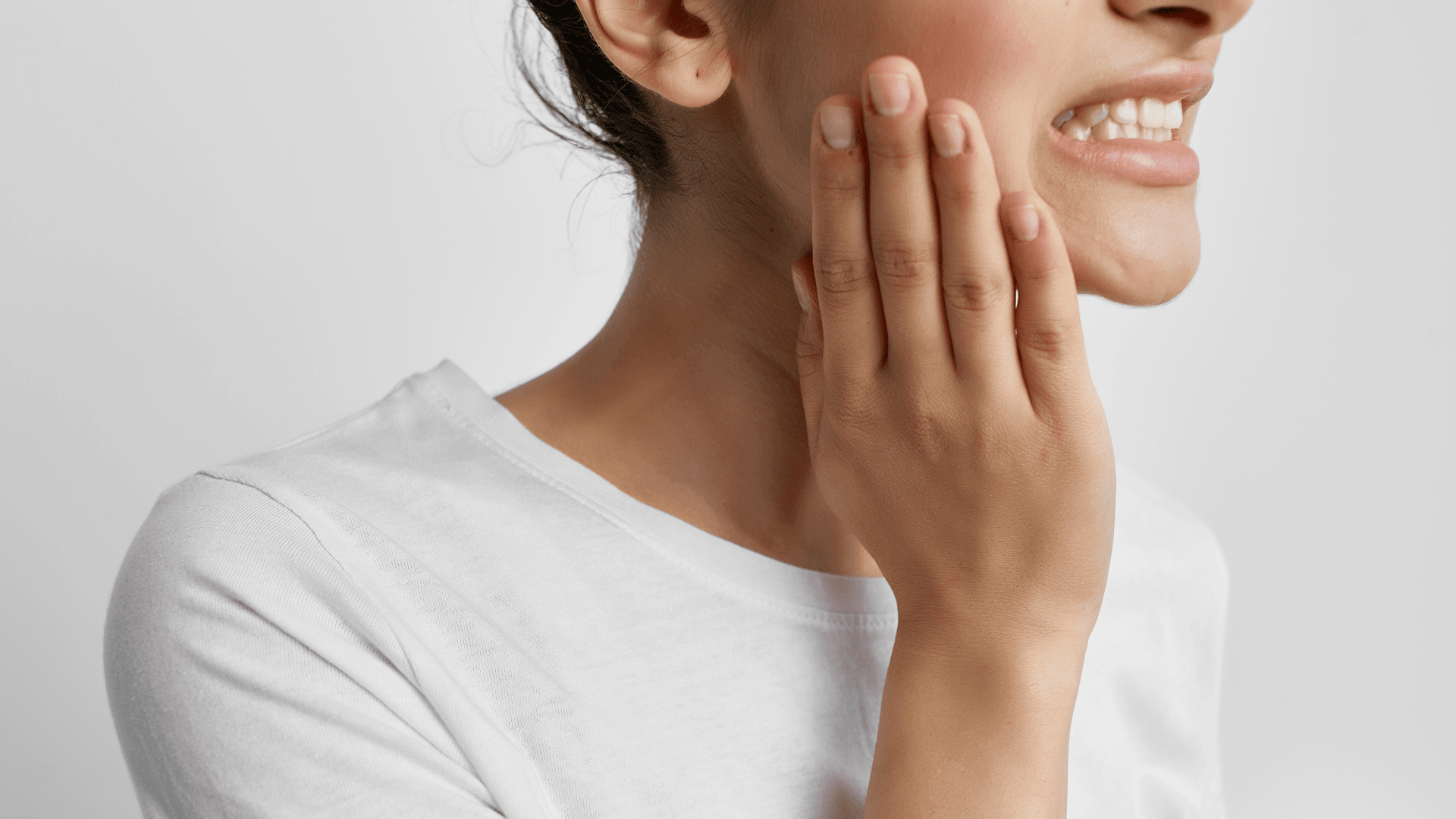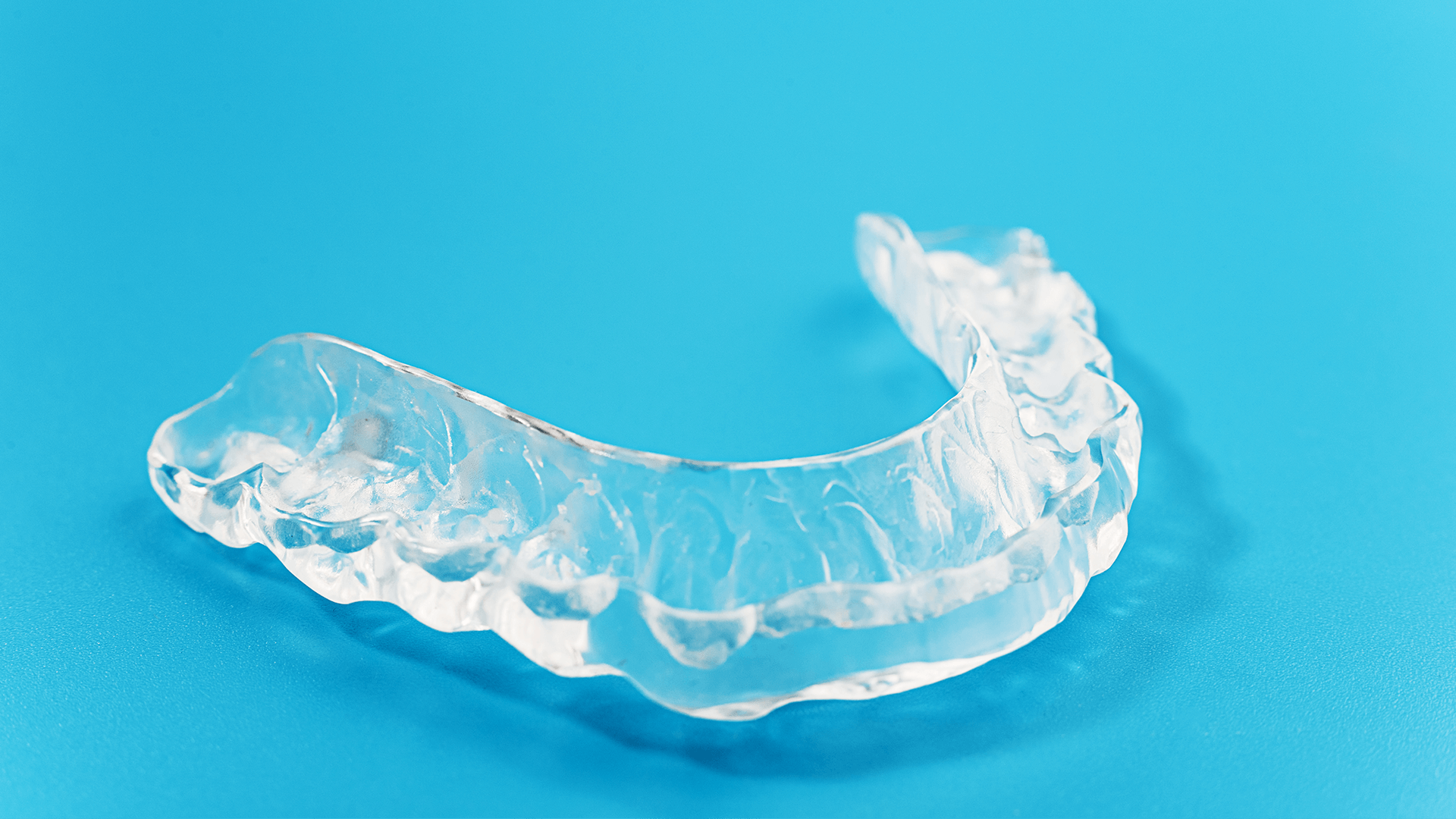The temporomandibular joint (TMJ) connects your jawbone to your skull. The top jaw is the maxilla and the bottom jaw is the mandible. The TMJ acts like a sliding hinge connecting your jawbone to your skull. You have one joint on each side of your jaw. It aids in the opening and closing of your mouth.

TMJ Pain and Diagnosis
Clenching and grinding wreak havoc on your teeth and joints, and can lead to pain and discomfort. Common side effects are jaw pain, difficulty chewing, and clicking and locking of the jaw joint.
Early diagnosis and correcting a TMJ issue is a dentist's goal. If caught early, TMJ disorders (TMD’s) can often be helped with simpler treatment(s). If left untreated, TMD can worsen.
Note: Please speak to your dentist or doctor if you have any concerns related to your jaw, as every case is different.
Early diagnosis and correcting a TMJ issue is a dentist's goal. If caught early, TMJ disorders (TMD’s) can often be helped with simpler treatment(s). If left untreated, TMD can worsen.
Note: Please speak to your dentist or doctor if you have any concerns related to your jaw, as every case is different.

Signs You Need a Dentist to Check Your TMJ:
• Pain in the jaw
• Clicking in the jaw
• Popping of the jaw
• Cracking in the jaw
• Locking of the jaw
• Deviation in your jaw joints
• If you’ve been in an accident or had an injury to your jaw
• Waking up with headaches
• You are told you grind your teeth at night
• Your teeth show signs of wear on the chewing surface
• Clicking in the jaw
• Popping of the jaw
• Cracking in the jaw
• Locking of the jaw
• Deviation in your jaw joints
• If you’ve been in an accident or had an injury to your jaw
• Waking up with headaches
• You are told you grind your teeth at night
• Your teeth show signs of wear on the chewing surface

Services for TMJ-Related Conditions and Pain:
• Splint therapy
• Custom night guards are created based on your need
• Botox
• AM / PM Night • Guard therapy - jaw intervention
• Ceph x-ray diagnostics
• TMJ massage
• Physiotherapy
• Acupuncture
• Daily habit changes
• Adjusting the way your teeth fit together
• Custom night guards are created based on your need
• Botox
• AM / PM Night • Guard therapy - jaw intervention
• Ceph x-ray diagnostics
• TMJ massage
• Physiotherapy
• Acupuncture
• Daily habit changes
• Adjusting the way your teeth fit together

Additional TMJ Treatment
If a treatment is tried but not improving the symptoms, additional treatment and steps may be needed:
• A more in depth look at your jaw joint with a specific TMJ exam and x-rays or consulting with a surgeon or specialist.
• At your yearly dental check ups, a dentist screens for TMJ issues.
• If you have any of symptoms or signs of TMD, mention it to your dentist at your next appointment. If it is causing you discomfort, book an appointment sooner.
• A more in depth look at your jaw joint with a specific TMJ exam and x-rays or consulting with a surgeon or specialist.
• At your yearly dental check ups, a dentist screens for TMJ issues.
• If you have any of symptoms or signs of TMD, mention it to your dentist at your next appointment. If it is causing you discomfort, book an appointment sooner.
Did You Know?
Humans can only move their lower jaw to open their mouth but sharks can move both their top and bottom jaws.
Resting your tongue on the roof of your mouth forces your jaw to relax.